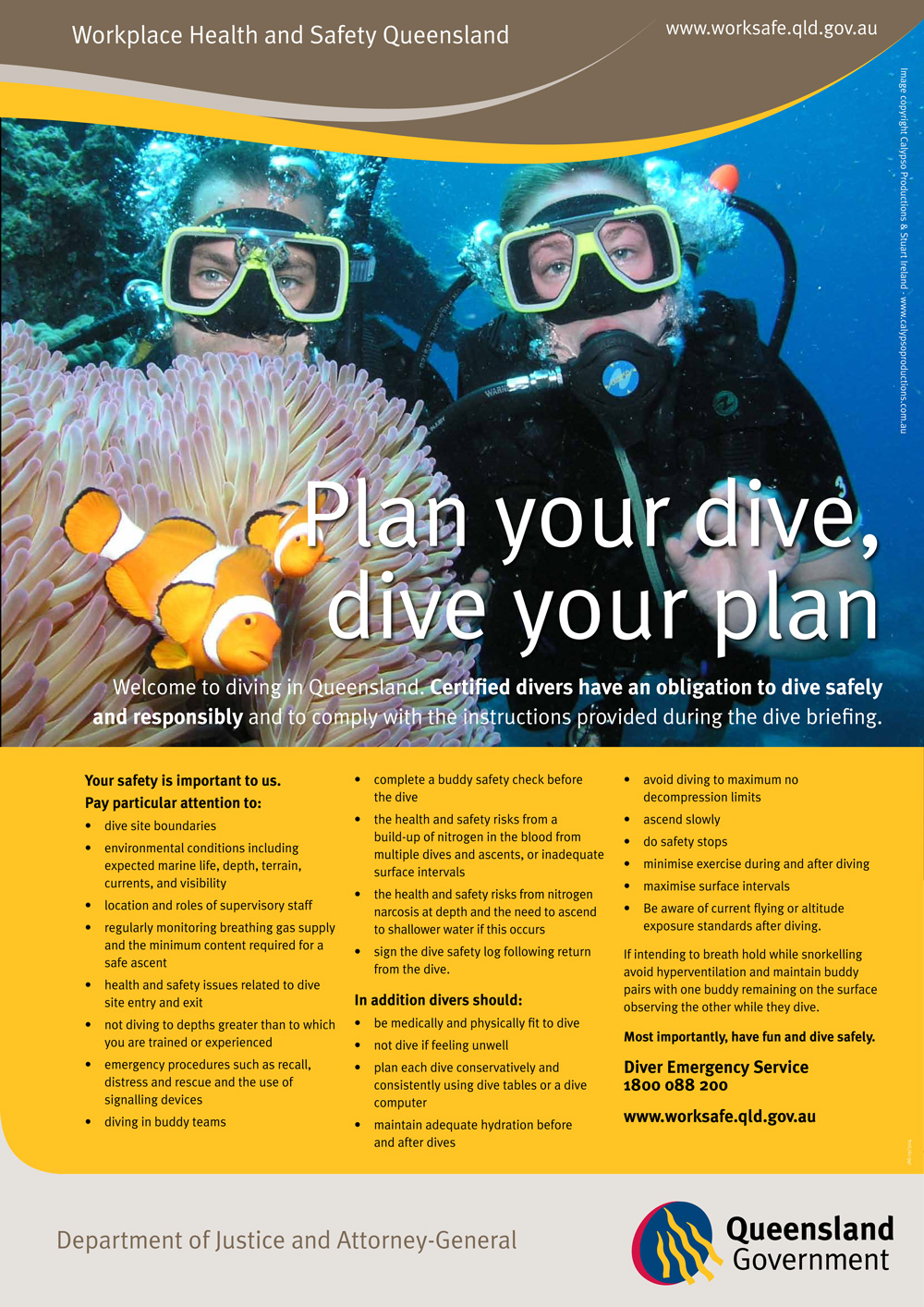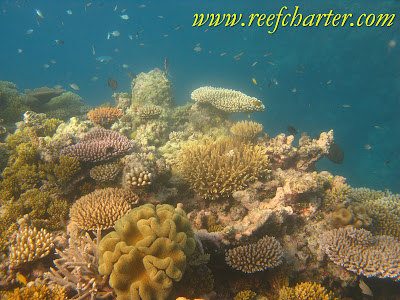Quick and Fast Facts
• The Great Barrier Reef is the largest structure built by living organisms on the Earth today.
• The Great Barrier Reef region is the world’s largest group of coral reefs.
• There are three main types of reefs found on the Great Barrier Reef: Ribbon, Platform, and Fringing reefs.
• Tiny masses of coral polyps are responsible for building coral reefs.
• Coral Reefs make up 6% of the entire Great Barrier Reef Marine Park by Area.
• Reefs are masses of limestone made from skeletons of millions upon millions of tiny marine animals and plants.
• Main threats to coral reefs include human activities, coral bleaching and crown-of-thorn starfish outbreaks.
The Continental Shelf provides the platform from which the reefs of the Great Barrier Reef develop. In the north, the continental shelf lies close to the coast and gradually widens as it extends south.
How Reefs Protect Themselves
Most reefs have a side protected from the prevailing wind and swell. The exposed face of a reef endures the constant battering of powerful waves generated by high winds. Here, corals and coralline algae grow and bind together to form the limestone breakwater of the reef behind which everything else is sheltered. In these sheltered areas, hard corals, soft corals, algae and sponges inter grow to form gardens that are home to thousands of species.
How Coral Reefs Form
Reefs are masses of limestone made from skeletons of millions upon millions of tiny marine animals and plants. Coral polyps, the main reef builders, grow in colonies on a reef’s surface. They extract dissolved limestone from the water and, with the help of single-celled plants (called zooxanthellae) living inside them, they lay it down as hard limestone around the lower half of their bodies. Over time, polyps slowly multiply to create a coral formation, which varies in size and shape depending on where it lives. People refer to these coral formations by their shape or appearance, for example, staghorn, boulder, vase and plate coral. As a coral grows, new polyps replace old polyps. When coral polyps die, their limestone skeletons and the remains of other animals and plants are added to the framework of the Reef.
Threats to Coral Reefs
Coral reefs in the Great Barrier Reef are under pressure due to a number of threats, from both human and natural impacts. Activities such as diving, boating, anchoring and fishing can affect reefs by damaging corals and impacting on other animals and plants.
Coral bleaching is a natural threat to coral reefs. It occurs when corals are over-stressed and can be caused by extreme sea temperatures, high levels of sunlight, low salinity, diseases, pollutants and exposure to air and rain at low tides.
Crown-of-thorns starfish can destroy entire reefs by feeding on coral polyps. Outbreaks occur and reefs are destroyed when the number of crown-of-thorns starfish on a particular reef is high enough that they are able to consume coral polyps faster than corals can grow.
Types Of Reefs
• Fringing reefs are coral structures that are attached to the mainland or to continental islands. In the Great Barrier Reef most fringing reefs are found around islands. Fringing reefs are probably the reef type most commonly seen by visitors.
• Platform reefs are also known as patch reefs and are scattered in the calm, shallow waters between the mainland and edge of the continental shelf. They are usually round or oval patches and often tend to be broken up.
• Ribbon reefs only occur in the northern part of the Great Barrier Reef. They form along the edge of the continental shelf and can grow so high they form narrow walls.
Tag: Environmental Awareness
Your Responsibilities as a Scuba Diver
The Diving Industry regulator for Queensland has produced a great poster outlining the responsibilities you have as a scuba diver. The workplace safety organization in Queensland, Australia engages with industry on a regular and consultative basis to ensure we remain the safest place to dive in the world.
The poster is also a reminder for some of the pre-check procedures we as divers sometimes take for granted. If you want a copy of the poster for your dive shop please contact Workplace Safety on 1800 088 200 or via their website
Enjoying Your Reef Dive & Snorkel
Understanding the reef and the ecosystem that it is part of brings a much better fulfillment to each dive or snorkel that you partake in. Every reef is slightly different and the marine life and coral formations can vary a great deal with reefs just a few miles apart. Going with an operator that knows the reef and the ecosystem is a definite pre-requisite to getting the most out of every time you hit the water.
A basic understanding the life-cycle of a coral reef helps you understand what you are seeing take place in front of your eyes. Coral form in different ways in different parts of the world and each location may have it’s peculiarities due to tides, currents, temperatures and a myriad of other factors. So it is best to dive with a local expert and someone who cares about the reef that you are diving. There are plenty of predators and destructive forces that prey upon the corals that make up the beautiful underwater landscape. This is a natural part of the life-cycle of a reef and is why you will see parts that appear dead or like rubble. The healthier the reef, the higher the percentage of coverage of coral, however there always needs to be some areas that are not covered so new corals can take hold and grow as part of the reef. Much like a tree needs a break in the forest to get sunlight to grow, often a larger tree must die and fall for this to happen and the life-cycle to continue.
The fish, turtles, sharks, starfish, rays and other marine life that surround reefs are also part of the balanced ecosystem. Local knowledge and educated staff can tell you the role each of them play. Are they are predator? Do they eat algae? Do they eat the coral? Do they filter water? Each of them have their special place in the ecosystem. This balance needs to be maintained to keep the worlds’ reefs healthy and vibrant for the next generation. The healthier the reef the more resistant it is to any disease or adverse impact it may suffer. Feeding fish while it may make your dive or snorkel more exciting as after periods of time marine life will flock to the area, it upset the balance that the reef has taken generations to reach.
So on your next trip study a bit before you go and learn about the area and ecosystem you are about to visit. You may even learn something the local expert has yet to discover. Then choose the tour carefully to make sure you get the most you can out of your experience.
10 Things to Consider While Carbon Offsetting
We are a small business that is very environmentally conscience and directly see the impact that man can have on our planet every day. We also see how resilient the earth is and how well it recovers from everything that gets thrown at it. To help the cause have been looking at Carbon offset programs that align with our thoughts on environmental conservation. Simple I thought there are many programs out there we can just pick one of the many but after a little investigation I found that there are a lot of things to consider when choosing such a program. Here are the top points to consider when looking at a program;
1. First one seems obvious but believe it or not you need to check that the company themselves is environmentally conscience and follows earth friendly practices.
2. They are not reselling growth that already exists, sometimes referred to as “securing for future generations”. The offset has to be all new growth.
3. What is being planted is native to the area and not introducing new species.
4. The plants fit into the balance of the area and are not taxing the area using too much water or other natural resources.
5. The offsets are occurring in area that you are polluting, while any offset is better than none, helping out locally means that you are directly contributing back to the area you are polluting. This may even lead to the further greening of our cities. You can also go and see the good work that you have contributed towards
6. Carbon trading and carbon credits are not what you should be looking for, these are arbitrary targets negotiated by politicians. Do the right thing and try as much as possible to be carbon neutral, the rest will follow.
7. Refine and make your own processes more efficient to limit your amount of carbon generation.
8. Your purchasing or vendor chain may need some tweaking; sourcing your product locally where possible not only saves emissions caused by long haul traffic it helps invigorate your local economy.
9. Support charities that are focused on reforestation of native plants. These organizations are driven by an ideal rather than profit so you will get the most value out of your money while supporting a good cause.
10. Support other organizations that are as committed as you are. This will help drive the green economy and act as an incentive for others to start participating in greening our planet.
If you are a company focusing in carbon offsetting and meet the above requirements please contact us and I’ll be happy to give you a plug.


